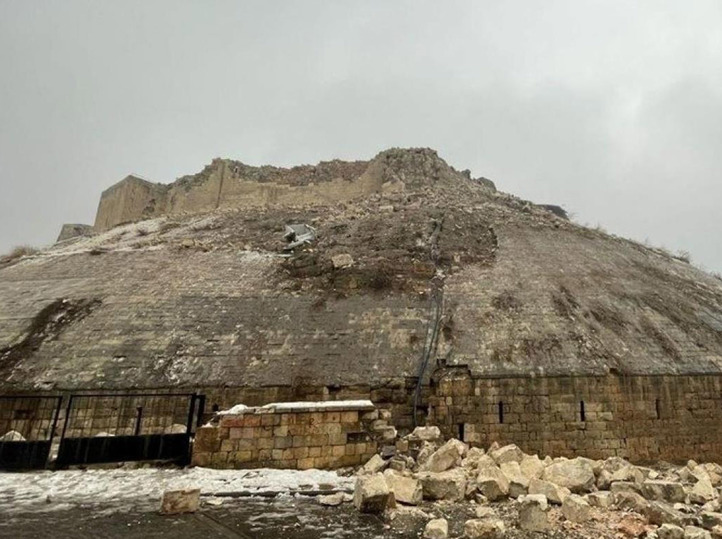The history of the earthquake-destroyed fortress in Turkey has thousands of years
[ad_1]
The fortress fell under attack
Among the buildings destroyed by the earthquake is the world-famous Turkish fortress of Gaziantep. One of the best examples of preserved ancient castles in Turkey, it is included in the UNESCO World Heritage List. The fortress is located in the heart of the city – on a hill about 25 meters high. Several centuries-old bastions have been destroyed and rubble scattered around, according to local media. The scale of destruction has not yet been taken to determine even the experts. MK contacted archaeologist Sujata Chandrasekaran, who was excavating in the Gaziantep area.
Gaziantep Castle is an attractive and popular tourist destination. It is known that it stands on a mound, the history of which goes back 6000 years. But when and by whom the castle was built, it is difficult to say. There is a version that during the period of the Hittite kingdom, that is, in 1800-1180. BC. During the era of the Roman Empire (II-III centuries AD), there was a small city called Theban around the castle. Archaeological excavations have shown that the castle began with a simple watchtower, then gradually grew and expanded.
– The current building dates back to the main part of the Mamluk period, some parts date back to the 10th century AD, – the MK interlocutor clarifies. Archaeologists have found traces of a Roman watchtower as well as traces of a Roman settlement. Artifacts from the Bronze Age were found in the 2000s.
The castle took its current form in the 6th century AD (527-565) during the reign of the Byzantine emperor Justinian. Just then, underground (foundation) structures were built, consisting of arched and vaulted galleries, and towers were also built. The walls of the fortress were expanded to the west, south and east to the border of the hill. Gaziantep Castle then took the form of an uneven circle with a diameter of about 100 m and a circumference of 1200 m.
Until the fatal night for him, the castle was decorated with 12 towers. Several of them were destroyed by the earthquake, but not all. The Ottoman traveler Evliya Celebi (1611-1682) mentioned 36 bastions in his travel notes, but they have not survived to this day. One of the bastions, which until recently could be visited by tourists, is popularly called the office of Imami Ghazali. It is believed that one of the most authoritative teachers of Sufism, an Islamic theologian, jurist, philosopher and mystic from Khorasan, was there in the 11th century.

The castle has been renovated many times. Capitally – in 1481 by the Egyptian Sultan Kaytbay, and in 1557 the towers on both sides of the main gate and the castle bridge were rebuilt by Suleiman the Magnificent, the tenth sultan of the Ottoman Empire.
Anyone could enter the territory of the cultural monument for free and walk through the underground galleries. Obviously, the natural disaster damaged not only the towers, but also the underground museum of the historical castle.
Newspaper headline:
The fortress fell under attack
[ad_2]
Source link






